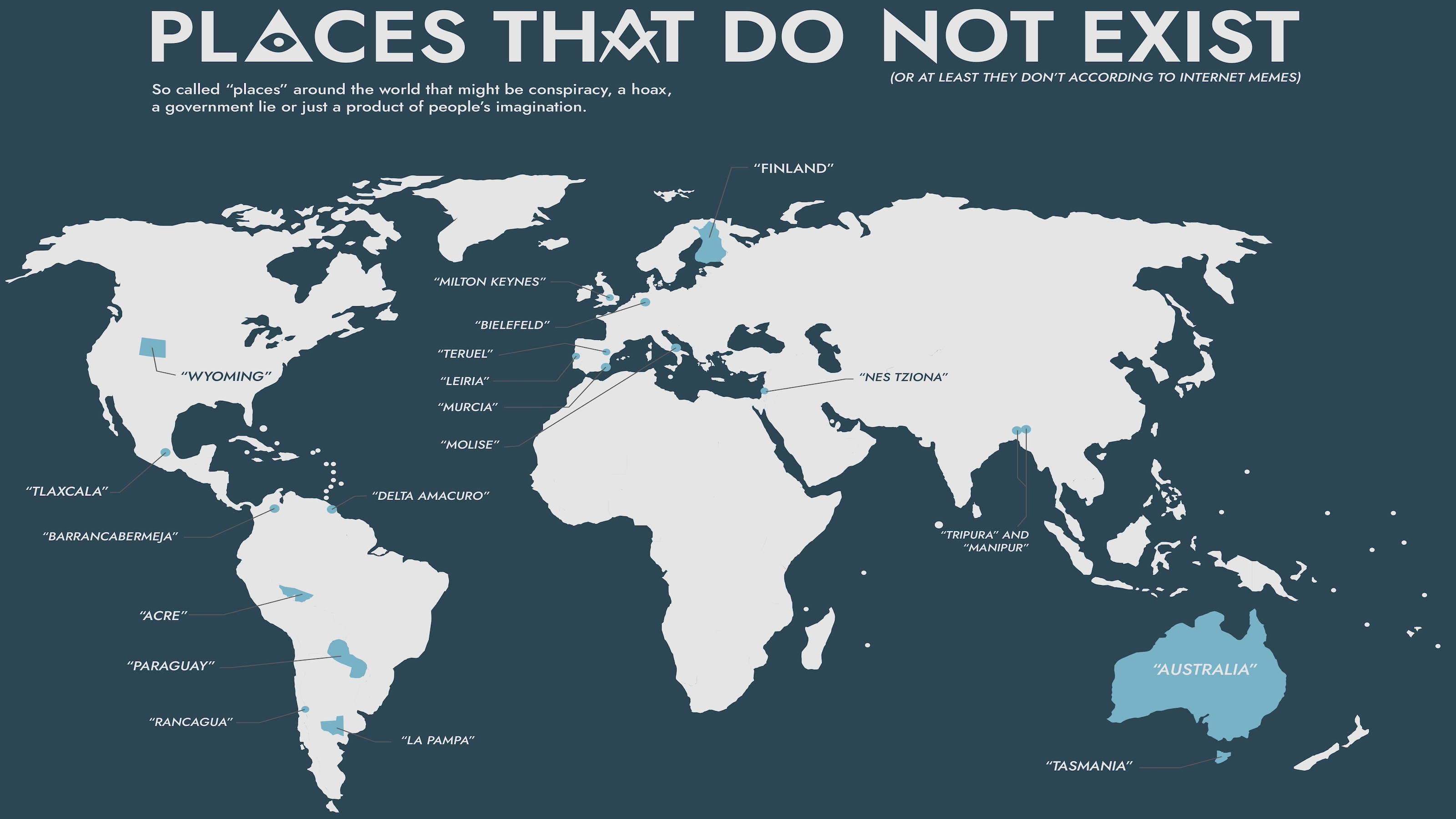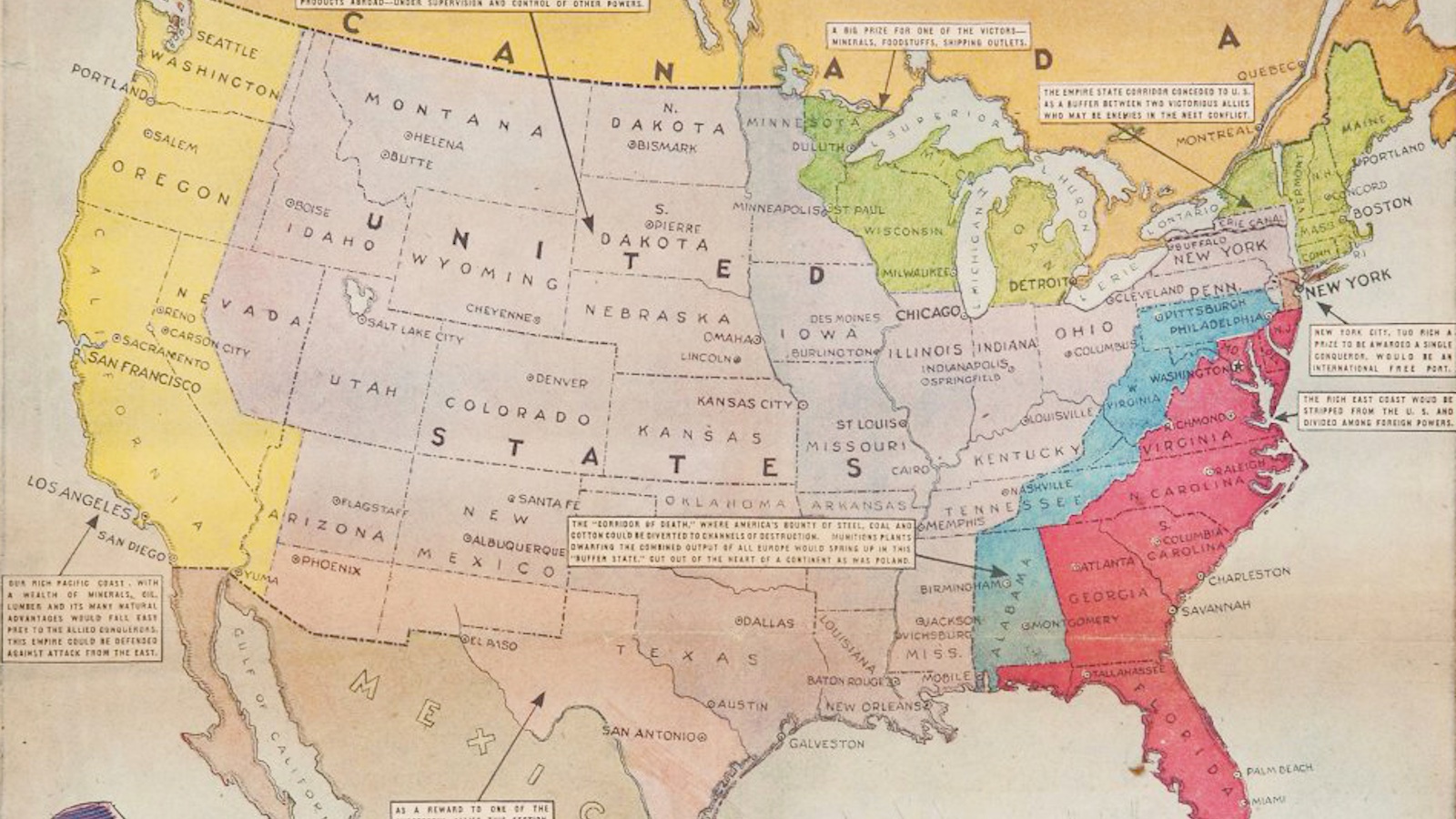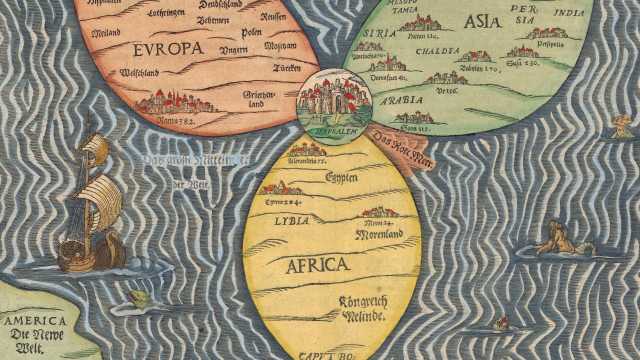99 – Exclaves of West Berlin (1): Erlengrund and Fichtewiese
n
n
On August 13, 1961, the East German authorities erected a physical barrier in Berlin to prevent their citizens from ‘voting with their’ feet – i.e. fleeing to West Germany. This barrier, consisting of fences, minefields and/or huge blocks of concrete, eventually ran along the entire Deutsch-Deutsche Grenze (the ‘German-German border’), but was particularly poignant in Berlin, where it visibly dissected contiguous city neighbourhoods.
n
The barrier became known as the Berlin Wall, completely isolating the ‘capitalist island’ of West Berlin by means of a Todesstreifen – literally a ‘death-strip’. This militarized border with impassable fortifications and border guards with orders to shoot to kill is gone now. A decade and a half after the reunification of Germany, it’s hard to imagine this was once a fact of life in one of the major capitals of Europe (and a very lethal one at that).
n
And yet it gets even more absurd: the pre-war city of Berlin owned a number of exclaves outside its city limits, and these were included in the post-war deal that divided Berlin into four zones of occupation (French, American, British and Soviet), later into two administrative units (the Soviet zone became the capital of East Germany, the other three zones coalesced into ‘West-Berlin’, which was connected to West-Germany by three Autobahn corridors). The ‘hardening’ of the inner German borders in August 1961 gave these exclaves (10 ‘western’ exclaves in East-Germany, but also 3 ‘eastern’ exclaves in West-Berlin) extra significance – and potential to serve as flash-points of conflict.
n
This map shows two of the 10 West-Berlin enclaves in East Germany: Erlengrund (literally ‘Alderground’) and Fichtewiese (‘Spruce Meadow’). They were located very close to the border of West-Berlin, just north of Spandau Forest. Both enclaves were used by (western) garden societies, whose members farmed small parcels within the enclaves, sometimes owning small cottages within the grounds themselves. Access was limited to certain ‘visiting hours’, and each time the owners had to pass through a gate in the Berlin Wall, continue over a metre-wide path through no-man’s land, pass an access-permit control-post and continue into one of both enclaves.
n
I will be posting more about these and other former ‘capitalist’ and ‘communist’ enclaves in and around Berlin. This map was taken from a fascinating website called Berlin Exclaves (http://berlin.enclaves.org).
n






